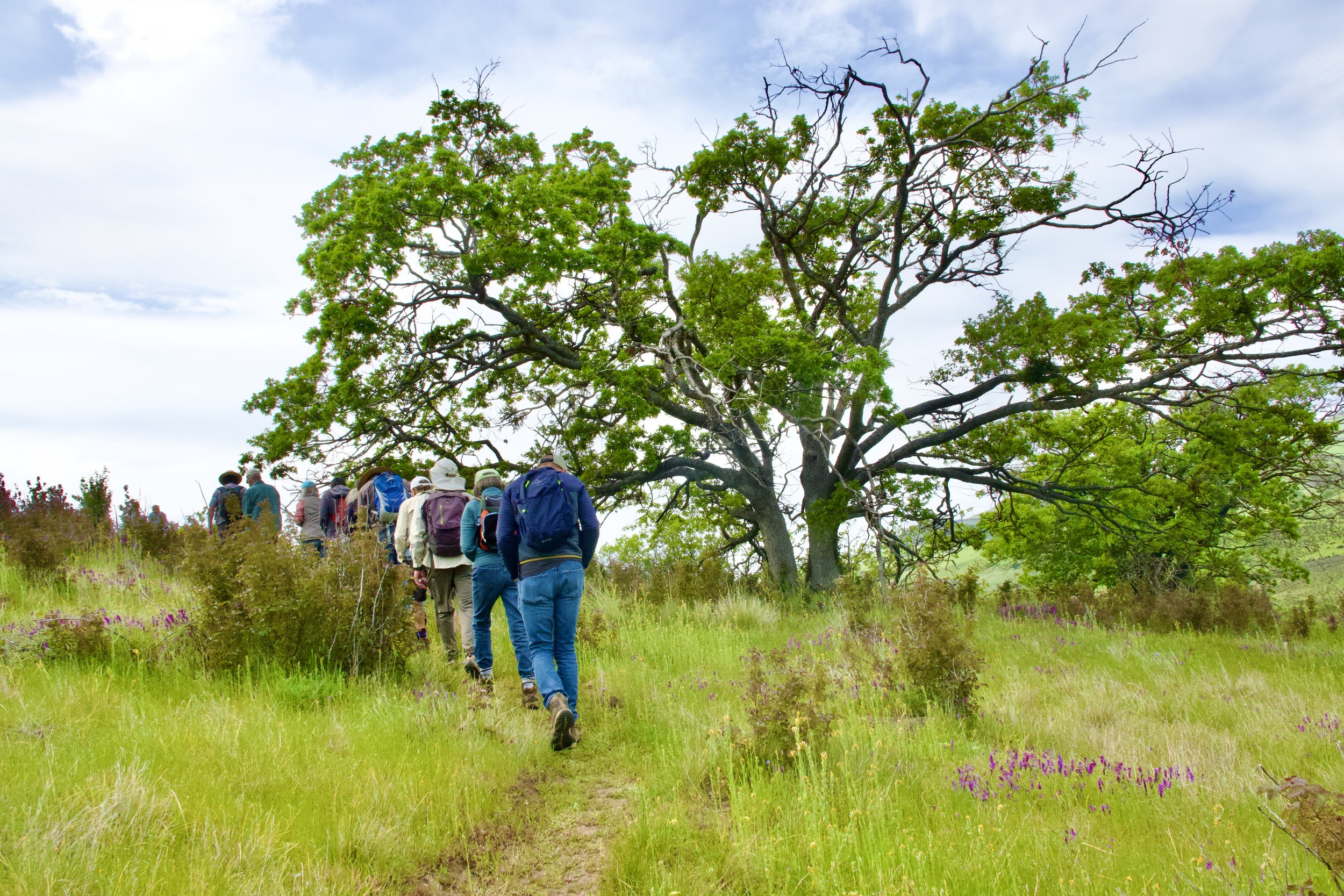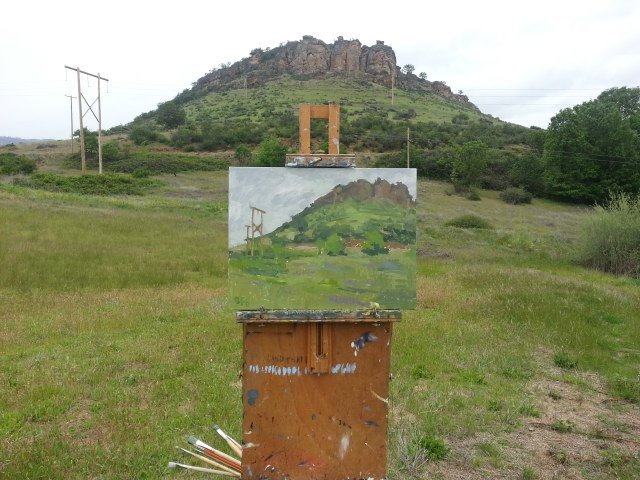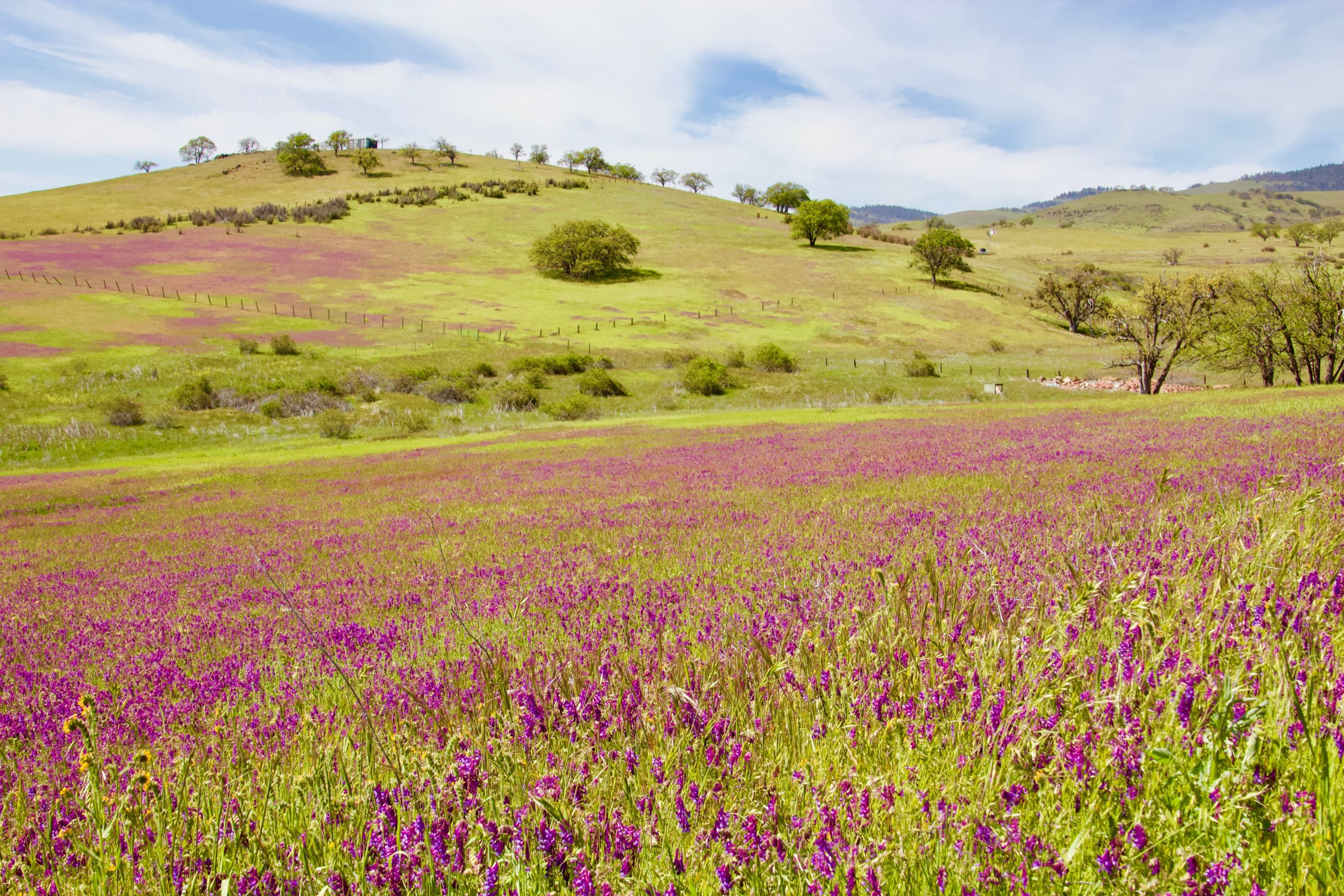"The Good, the Bad and the Unusual" is a column from our monthly eNews. Subscribe at the bottom of any of our webpages.
By Crystal Nichols, SOLC Volunteer Documentarian
A school of coho salmon on their return journey from the ocean to a freshwater stream. Photo by Jeremy Walls.
The Good
Blood courses through your veins as you are driving upstream against a chilly, raging current. You have one thing on your mind; getting back home and depositing your 2,500 eggs. You are a coho salmon, Oncorhynchus kisutch, returning home from your visit to the ocean, and for you, home is in the streams of Oregon. Coho salmon are one of 30,000 species of fishes that make up the largest group of vertebrates. They are also found in the nearby waters of California and Washington. Coho salmon are an important part of ecosystems, and offer a great food source for eagles and raptors as well as bears. Keep your eyes on the water, coho are currently spawning in some of the streams and tributaries in Southern Oregon.
An ODFW stream surveyor peers into the dark waters of an Oregon stream in search of juvenile (parr) coho salmon. Photo by Crystal Nichols.
The Bad
Like all animals, coho salmon are at the mercy of their environment; an environment that we as humans have a lot of influence over. Available nutrients, gravel substrate, and cold-water temperature create the perfect combination for coho salmon survival. The logging of trees surrounding streams decreases canopy cover allowing more sunlight to penetrate the water in the stream, which increases water temperature. Coho eggs are laid in gravel substrate to avoid getting eaten. Unfortunately, sedimentation in streams allows soil to fill in between gravel pieces, decreasing available spawning habitat and increasing predation. These habitat threats have landed coho on the endangered species list, as population numbers have decreased. Agencies like the Oregon Department of Fish and Wildlife have projects in place to monitor coho salmon populations throughout the State of Oregon.
Here’s the good news; you can do something to help! Coho salmon are found throughout southern Oregon, from large rivers such as the Rogue and Applegate, to smaller tributaries and streams like Little Butte Creek and Evans Creek. So, if you are a landowner with a stream running through your property, make sure there is plenty of natural vegetation along the riparian area, or stream bank. Trees and plants have roots that act as mortar, holding soil into place and keeping it out of streams, while also creating necessary shade. You never know, you could be helping protect the habitat for thousands of eggs and future young coho salmon.
A coho salmon launches its body over a cascade in a Pacfic Northwest stream, heading towards its spawning grounds. Photo by Crystal Nichols.
The Unusual
Coho salmon have been called “living boomerangs” because of their anadromous life cycle, traveling from freshwater streams to the salt water of the ocean to live for a few years. Here’s the amazing thing; after those few years, coho salmon return to the very same stream in which they hatched through the use of magnetic orientation, celestial orientation (navigation by stars), and their sense of smell. (1) According to the United States Fish and Wildlife Service, coho salmon have the ability to detect the scent of a drop of water from their home stream in 250 gallons of sea water! (2) Salmon head to the ocean for the same reason we have dinner at a buffet; to feast. Once they start on their new marine diet, they usually gain more than a pound a month, eating smaller fish instead of the phytoplankton and organic matter that sustained them when they were parr (young fish). (3)
These coho salmon are sometimes called silver salmon, as a result of the silver colors they take on when they have become adults in the ocean. (3) However, when they return to freshwater to spawn, their body goes through a variety of changes, including the development of a hooked snout, or kype, and a color change from silver to a beautiful dark green top and reddish belly and sides.
Although coho salmon may travel nearly 1,000 miles in their journey to the ocean, they also return to their home, our home, in Oregon, and maybe even right to your backyard! (1)
Coho salmon in gorgeous red breeding colors. Photo by Jeremy Walls.
Crystal recently graduated from Ball State University with a bachelor's degree in aquatic biology and fisheries, and is currently pursuing a master's degree opportunity that will allow her to further her commitment to conservation.
Read more from Crystal at The Habitat Section of the American Fisheries Society.
Works Cited:












